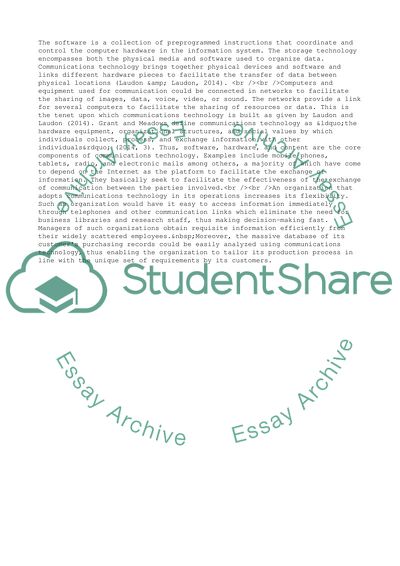Cite this document
(Management Information System Coursework Example | Topics and Well Written Essays - 2000 words, n.d.)
Management Information System Coursework Example | Topics and Well Written Essays - 2000 words. https://studentshare.org/management/1848027-management-information-system
Management Information System Coursework Example | Topics and Well Written Essays - 2000 words. https://studentshare.org/management/1848027-management-information-system
(Management Information System Coursework Example | Topics and Well Written Essays - 2000 Words)
Management Information System Coursework Example | Topics and Well Written Essays - 2000 Words. https://studentshare.org/management/1848027-management-information-system.
Management Information System Coursework Example | Topics and Well Written Essays - 2000 Words. https://studentshare.org/management/1848027-management-information-system.
“Management Information System Coursework Example | Topics and Well Written Essays - 2000 Words”. https://studentshare.org/management/1848027-management-information-system.


